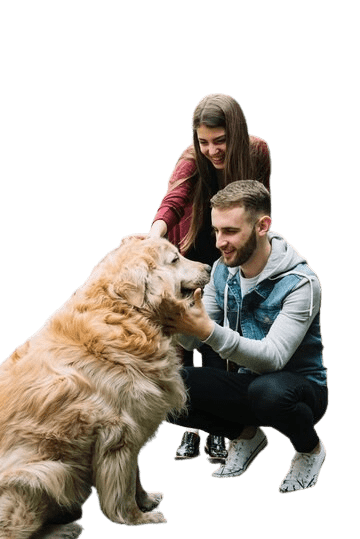



In the silent symphony of canine communication, understanding your dog’s body language is like deciphering a profound language without words. From the wag of a tail to the tilt of an ear, each gesture is a nuanced expression of their emotions. Join us on a journey through the art of decoding dog body language, unraveling the secrets behind every bark, wag, and cuddle.
Tail Talk: The tail is the storyteller of the canine world. A high wag indicates excitement and happiness, while a low wag can signify submission or uncertainty. A tucked tail may suggest fear or anxiety, highlighting the importance of paying attention to the nuances in the tail’s position and movement.
Ears and Expressions: Ears are the canvas upon which emotions are painted. Forward-facing ears denote interest or alertness, while flattened ears signal fear or submissiveness. A relaxed, slightly back position indicates contentment. Observing the subtleties in ear movements provides a window into your dog’s emotional state.
Eye Contact and Emotions: Eyes are the windows to a dog’s soul. Direct eye contact can convey confidence or a challenge, while averted eyes may signal submission or discomfort. Soft, relaxed eyes indicate a calm and contented demeanor, emphasizing the significance of understanding the emotional depth conveyed through their gaze.
Posture and Posing: Every stance tells a tale. A dog standing tall with a raised head exudes confidence, while a crouched posture may indicate fear or submissiveness. Rolling onto their back can be a sign of trust, submission, or an invitation to play. Interpreting your dog’s overall posture provides insights into their emotional state.
Vocal Vibrations: Barks, whines, and howls are the vocal expressions of your pup. A rapid bark may denote excitement or alertness, while a prolonged howl may indicate loneliness or a response to certain sounds. Recognizing the variations in vocalizations enhances your ability to respond to their needs and emotions.
Conclusion: Decoding dog body language is an art that deepens the bond between humans and their furry companions. By attentively observing tail movements, ear positions, eye contact, posture, and vocalizations, we can unravel the rich tapestry of emotions woven by our dogs. In the canine chronicles, every gesture is a chapter, and understanding their language is the key to authoring a story of love, trust, and lifelong companionship.